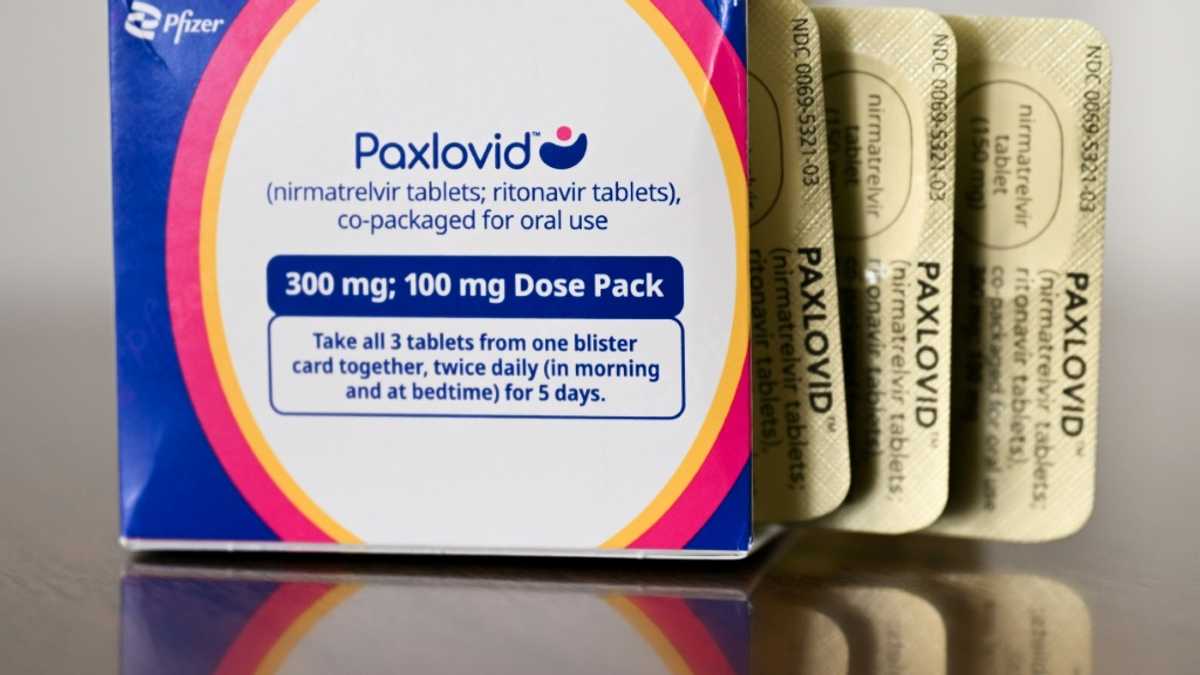Impact of Trump's Tariffs on Trade and Investment

U.S. companies have voiced concerns over President Donald Trump's tariffs, fearing increased costs and higher consumer prices. These tariffs have led to "panic-buying" of products, according to a Reuters report. Back Market, an online marketplace for refurbished tech, saw sales triple after the tariff announcements. CEO Thibaud Hug de Larauze suggests Americans may opt for used devices if tariffs raise new electronics prices. Analyst Dan Ives of Wedbush Securities anticipates a "huge uptick" in used device sales, particularly smartphones. Apple might increase prices by hundreds of dollars, depending on electronics-specific tariffs.
Hug de Larauze notes that Back Market sells about one-third of its stock in the U.S., a ratio that could shift with tariffs. He expects two-thirds of sales to be to U.S. customers due to cost-saving incentives. Ives believes consumers may settle for used devices temporarily but will return to new tech when possible, stating, "We believe 80% to 90% of consumers like buying a new smartphone [and] buying behavior is hard to change."
Japan, South Korea, and Taiwan are considering investing in Alaska's natural gas project to meet Trump's demands and avoid U.S. tariffs. The Alaska LNG project, involving an 800-mile pipeline, has been stalled for years but is now gaining traction with Trump's support. Treasury Secretary Scott Bessent mentioned that the LNG project could be crucial in trade negotiations. Taiwan's CPC Corp. signed a letter of intent to purchase gas from Alaska LNG, with potential geopolitical benefits. CPC has also offered direct investment and equipment supply.
Glenfarne Group CEO Brendan Duval and Alaska Governor Mike Dunleavy conducted a trade mission to South Korea and Japan. Japanese and South Korean companies are exploring financing options through their development banks. India and Thailand have also expressed interest. The Alaska LNG project includes a pipeline, gas processing plant, and liquefaction plant, estimated to cost $12 billion, $10 billion, and $20 billion, respectively. Permits are in place, with a final investment decision expected soon for the first phase.
The goal is to begin construction on the LNG plant in late 2026 and complete the entire project in four and a half years, with operations starting in 2031. Alaska LNG aims to produce 20 million metric tons of LNG annually. The Trump administration views Alaska LNG as strategically important, aligning with the U.S.'s energy dominance agenda. LNG exports from Alaska to Japan would take about eight days, avoiding the Panama Canal. Trump discussed the pipeline with Japan and South Korea, emphasizing joint ventures.
Bob McNally, president of Rapidan Energy, notes that Japan may hesitate due to the project's cost and complexity. He also points out that a change in political administration in 2028 could halt the project. Alex Munton of Rapidan states that Alaska LNG lacks clear commercial logic and is expensive. Duval asserts that Alaska LNG will be competitive without subsidies. Dunleavy emphasizes the project's viability due to geopolitical alliances and tariff questions.
James Mackintosh of The Wall Street Journal discusses President Trump's tariff policy, aimed at reducing the trade deficit and rebuilding U.S. manufacturing. A smaller trade deficit means smaller inflows of capital, requiring America to provide more savings for new manufacturing investments. This shift implies less consumption. Mackintosh suggests Trump focuses on people as workers rather than consumers. Tariffs could lead to more expensive goods, higher interest rates, lower stock prices, and a weaker dollar.
Mackintosh outlines four potential market implications of Trump's policies. He suggests that there could be more expensive stuff, and less choice of stuff. Another possible effect is increasing saving means reducing consumption. Tariffs lead to higher interest rates because bond yields will need to rise to attract domestic savers to buy Treasurys instead of stocks or corporate bonds. A third result could be lower stock prices. A final result may be a weaker dollar. He argues that bringing back low-productivity jobs might reduce America’s economic lead. Mackintosh is skeptical that tariffs will bring much manufacturing back to America, and if they do, investors and consumers will suffer.












